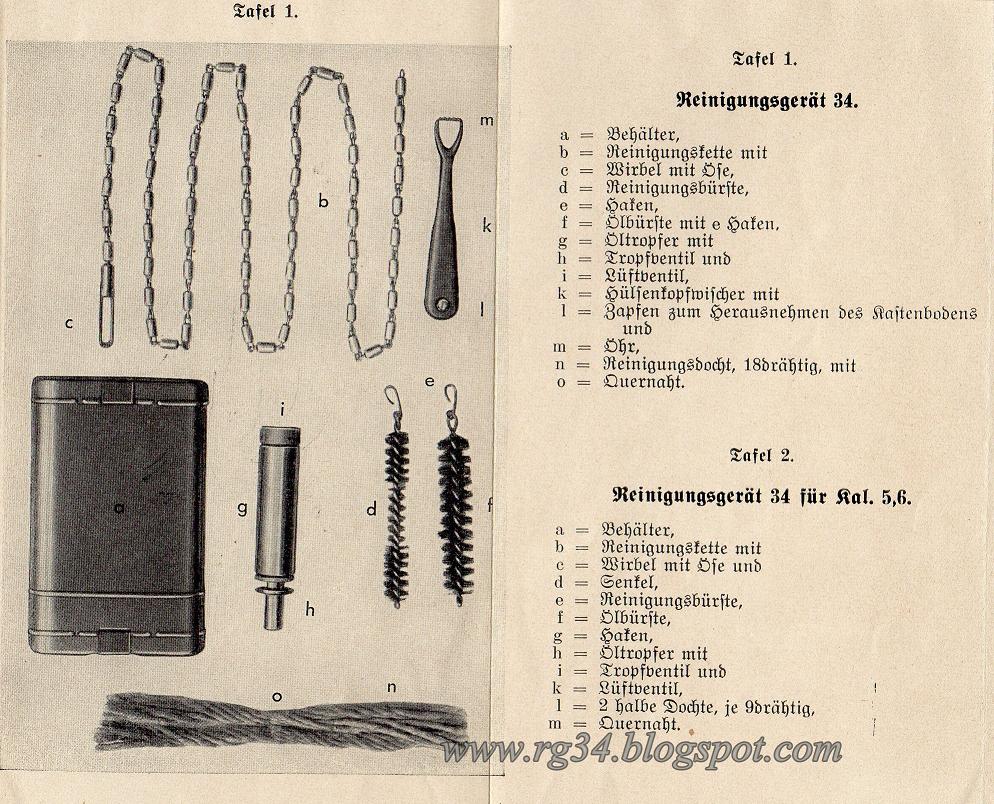Montana Smith
Active member
Allied Military Currency issued in Germany, 1944:

IMG_0005 by Titus Pullover, on Flickr

IMG by Titus Pullover, on Flickr
Allied Military Currency issued in Italy, 1943:

IMG_0001 by Titus Pullover, on Flickr

IMG_0002 by Titus Pullover, on Flickr
Among other wartime and pre-war notes from France, Germany, Italy and Algeria were the following oddities.
A dividend for a 32nd share to the value of 100 Reichsmark in the Bremer Papier- und Wellpappen-Fabrik Aktiengesellschaft (Bremer Paper & Corrugated Board Factory Joint-Stock Company), dated October 1930:

IMG_0006 by Titus Pullover, on Flickr

IMG_0007 by Titus Pullover, on Flickr
A 1921 ticket for something in the Rhön valley:

IMG_0004 by Titus Pullover, on Flickr

IMG_0003 by Titus Pullover, on Flickr

IMG_0005 by Titus Pullover, on Flickr

IMG by Titus Pullover, on Flickr
Allied Military Currency issued in Italy, 1943:

IMG_0001 by Titus Pullover, on Flickr

IMG_0002 by Titus Pullover, on Flickr
Among other wartime and pre-war notes from France, Germany, Italy and Algeria were the following oddities.
A dividend for a 32nd share to the value of 100 Reichsmark in the Bremer Papier- und Wellpappen-Fabrik Aktiengesellschaft (Bremer Paper & Corrugated Board Factory Joint-Stock Company), dated October 1930:

IMG_0006 by Titus Pullover, on Flickr

IMG_0007 by Titus Pullover, on Flickr
A 1921 ticket for something in the Rhön valley:

IMG_0004 by Titus Pullover, on Flickr

IMG_0003 by Titus Pullover, on Flickr







































